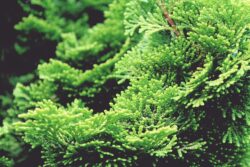When Evergreens Shed: Understanding Natural Needle Drop in Fall
As the seasons change, it’s easy to assume that evergreens—those steadfast trees that stay green year-round—never shed their needles. But if you’ve noticed a layer of brown needles beneath your ...
Read More 












